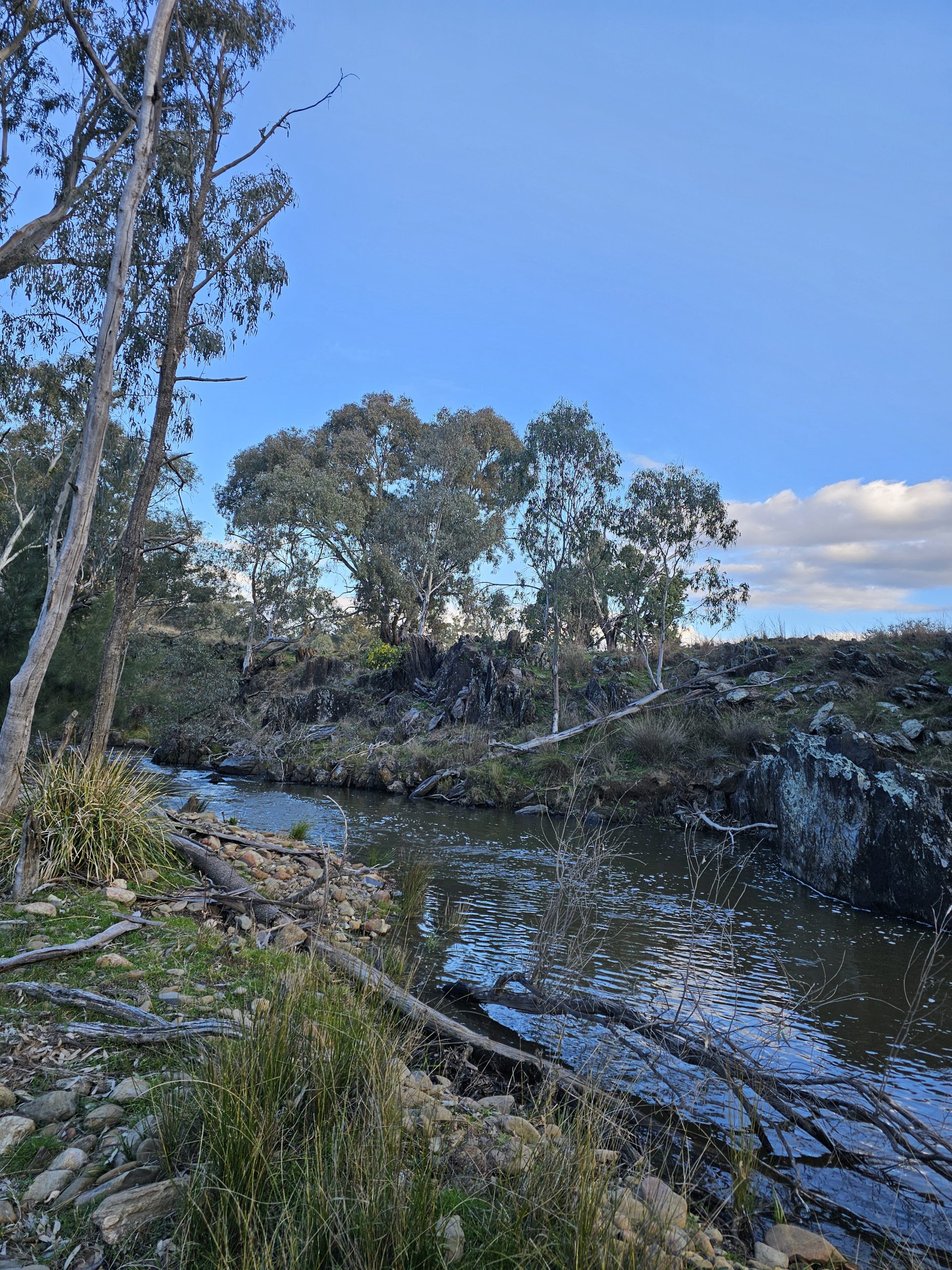The Australian Sustainable Finance Taxonomy: A catalyst for nature and net zero
Author: Ian Rollins, Managing Director
June 18, 2025

News & Insights
The release of the Australian Sustainable Finance Taxonomy (ASFT) is a pivotal step in aligning our financial systems with the urgent imperatives of climate action and biodiversity conservation.
Developed through a collaborative effort between the Australian Government and the finance sector, and led by the Australian Sustainable Finance Institute (ASFI), the taxonomy provides a common language for identifying and directing capital toward sustainable economic activities.
With the growing global push towards nature positive, it is critical the taxonomy, along with Australia’s other sustainability frameworks, aligns with environmental goals.
There are already some clear signals for the environment in the ASFT—here are our key takeaways for how the taxonomy supports nature investment.
A framework for credible green investment
The ASFT is more than a classification tool—it is a strategic enabler. By defining what constitutes a “green” or “transition” activity in the Australian context, it enhances transparency, reduces greenwashing, and builds investor confidence. This is critical for mobilising the scale of private capital needed to meet Australia’s net zero targets and to reverse biodiversity loss.
The taxonomy’s initial focus on climate change mitigation across six economic sectors is a pragmatic starting point. It includes a “Do No Significant Harm” (DNSH) framework and Minimum Social Safeguards, ensuring that climate-positive investments do not come at the expense of environmental or social integrity.
Implications for nature conservation
While the taxonomy currently centres on climate mitigation, its structure lays the groundwork for future integration of nature-related criteria. This is essential. Climate and nature are inextricably linked—deforestation, land degradation, and biodiversity loss exacerbate climate change, while climate impacts threaten ecosystems and species.
For organisations like Niche, which operate at the intersection of development and conservation, the taxonomy offers a potential lever to shift investment toward projects that deliver co-benefits for nature. For example:
- Restoration and Regeneration: Projects that restore native vegetation or rehabilitate degraded landscapes could be recognised as transition-aligned, especially when they contribute to carbon sequestration.
- Nature-Based Solutions: Investments in green infrastructure, coastal wetland protection, and sustainable agriculture can be framed within the taxonomy’s evolving scope.
- Cultural and Ecological Integration: The taxonomy’s commitment to integrating First Nations perspectives is a welcome recognition of Indigenous knowledge systems and custodianship, which are vital to both conservation and climate resilience
Accelerating the net zero transition
The taxonomy’s alignment with the Paris Agreement and its emphasis on science-based thresholds provide a credible pathway for decarbonisation. For the infrastructure, energy, and land-use sectors—where emissions are most concentrated—this clarity is invaluable.
However, the taxonomy must remain dynamic. As technologies evolve and our understanding of climate and ecological thresholds deepens, the criteria must be updated to reflect best practice and emerging risks. This includes recognising the role of biodiversity in climate resilience and ensuring that carbon offset projects meet rigorous environmental and social standards.
The role of environmental and heritage professionals
Environmental consultants, ecologists, and heritage specialists have a critical role to play in operationalising the taxonomy. Our expertise is essential in:
- Assessing project impacts against DNSH criteria
- Designing and delivering nature-positive projects
- Monitoring and verifying environmental outcomes
- Supporting clients to navigate and apply best practice sustainability/finance frameworks
At Niche, we see this as an opportunity to elevate the role of environmental due diligence from compliance to strategic value creation.
A turning point for sustainable finance
The ASFT marks a turning point in Australia’s journey toward a sustainable, resilient economy. It sends a clear signal to markets: sustainability is not a hollow concern—it is the foundation of long-term value.
To fully realise its potential, the taxonomy must expand to include nature positive criteria, be adopted widely across sectors, and be supported by robust implementation tools and capacity building. If done right, it can unlock billions in capital for projects that regenerate landscapes, empower communities, and secure a liveable future.
As stewards of Australia’s natural and cultural heritage, our experts at Niche and Ausecology are ready to help lead this transition




